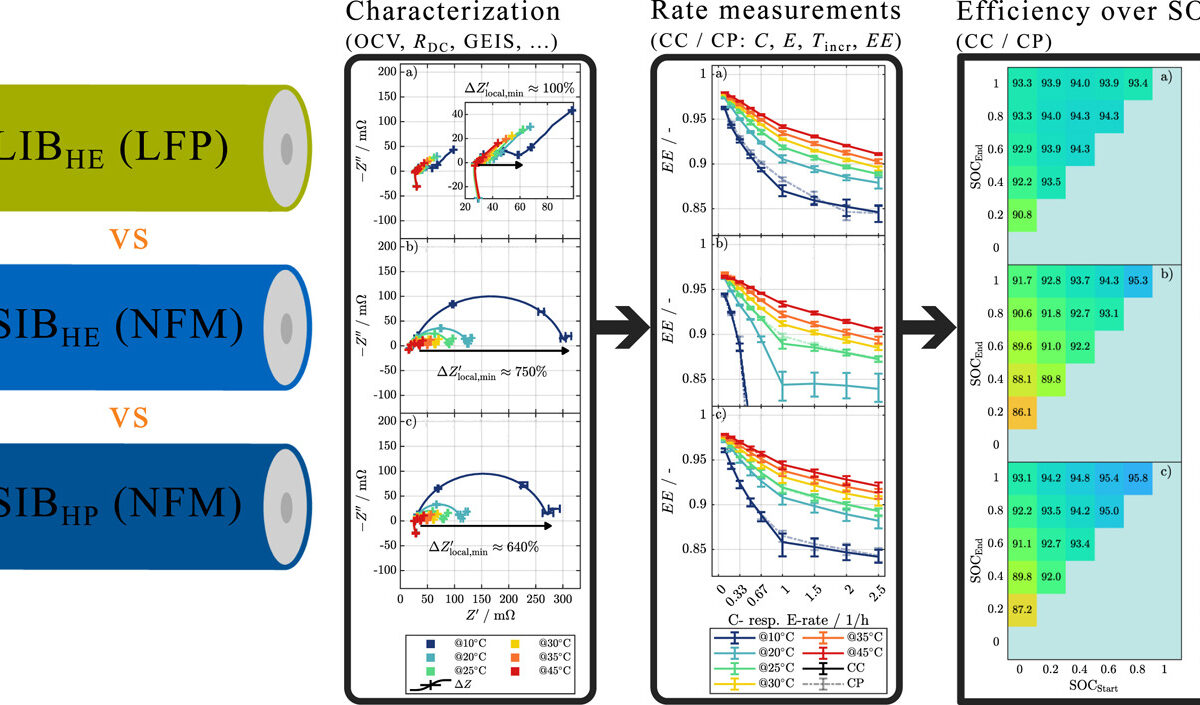With the ink still wet on last night’s Section 201 tariff decision, analysts are scrambling to determine what the effects of tariffs will be.
This morning, pv magazine spoke with MJ Shiao, head of Americas research at GTM Research, who provided some outlines of what the company expects. Based on current prices, GTM Research estimates that a 30% tariff in 2018 will result in an effective tariff of around $0.10 per watt for the most common crystalline silicon modules.
In line with previous assessments, Shiao indicates that he expects an 11% reduction in the U.S. market over the next four years, because of the tariffs, as opposed to a solar industry with no trade action. The greatest effect will be on the utility-scale sector, where modules make up a higher portion of overall system costs, and markets in emerging regions, such as the South will be the most impacted.
“You can look at 11% and say that is not so bad, but I think one of the more intangible impacts is that you do reduce or eliminate all these state markets that are on the cusp,” Shiao told pv magazine. “Within our revised demand forecast solar will obviously continue to grow, especially at the end of this decade, but you do lose these states that are looking to start to build their own state solar industries.”
Shiao notes that in the South, project pipelines were beginning to build and also notes that the tight margins in the region mean that even the limited tariffs that are being imposed will have more of an effect. This is in contrast to the Northeast, where high wholesale and retail electricity prices create more attractive markets.
The Midwest is another region where Shiao thinks these tariffs do damage, but describes this more as an “opportunity cost,” given that markets outside of Minnesota, Illinois and Michigan are still largely undeveloped.
Shiao also took the opportunity to point out that the tariffs are unlikely to have their proposed effect of re-starting U.S. cell and module manufacturing. “It is still bad policy in that it doesn’t really accomplish what it sets out to do,” stated Shiao. “It’s not going to spur a ton of U.S. cell and module manufacturing.”
This content is protected by copyright and may not be reused. If you want to cooperate with us and would like to reuse some of our content, please contact: editors@pv-magazine.com.



The net loss to US solar installation jobs, offset by a handful of hypothetical jobs in manufacturing, comes before the inevitable Chinese retaliation in polysilicon and manufacturing and testing equipment. This is an outstandingly incompetent administration, as well as malevolent. Trump is all about vice signalling.
Has someone looked at the impacts of all of the recent tax policy changes (i.e., 100% depreciation and corporate rate reduction) combined with the tariff? I would be interested in a more complete analysis of everything impacting 2018.